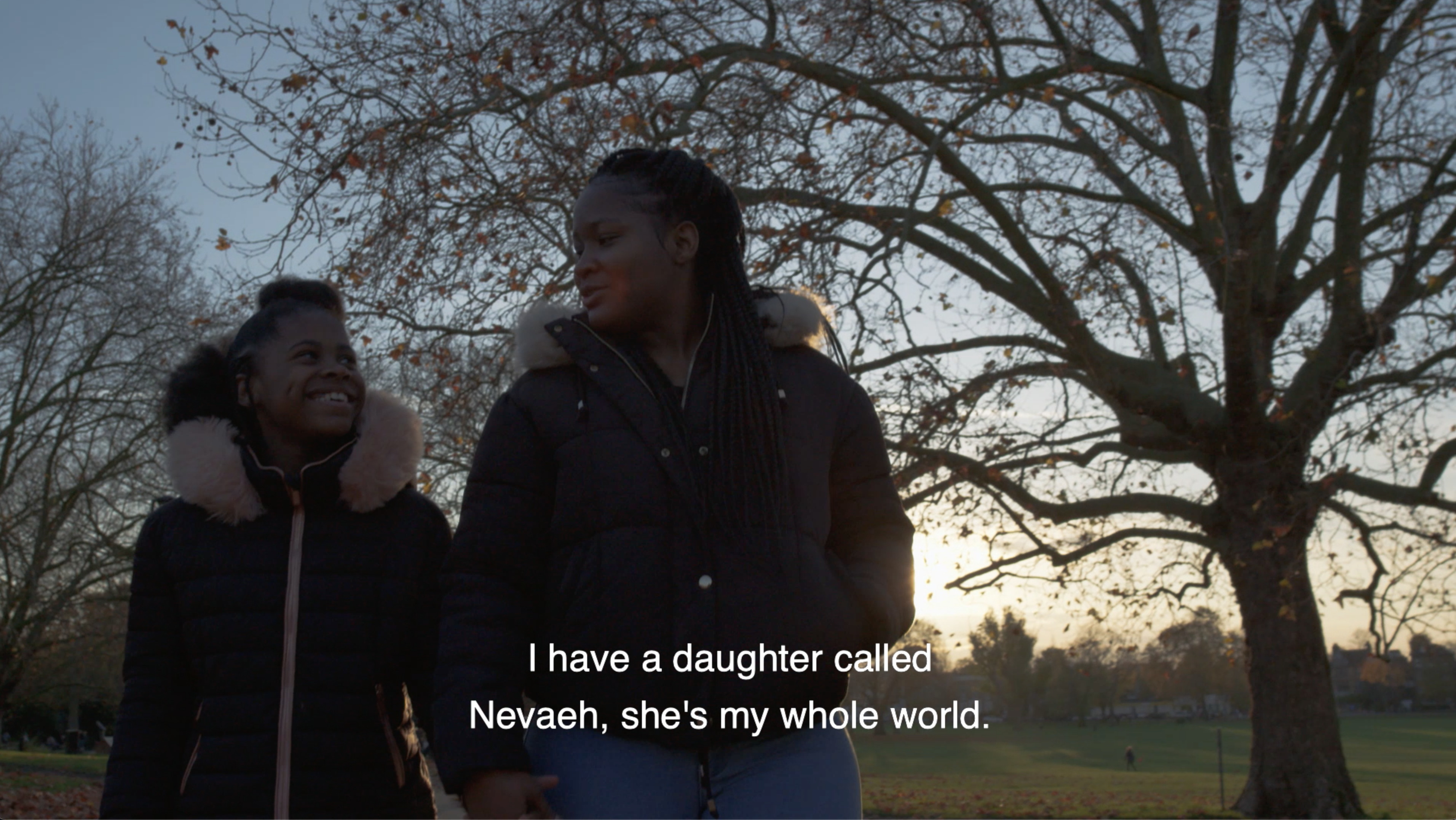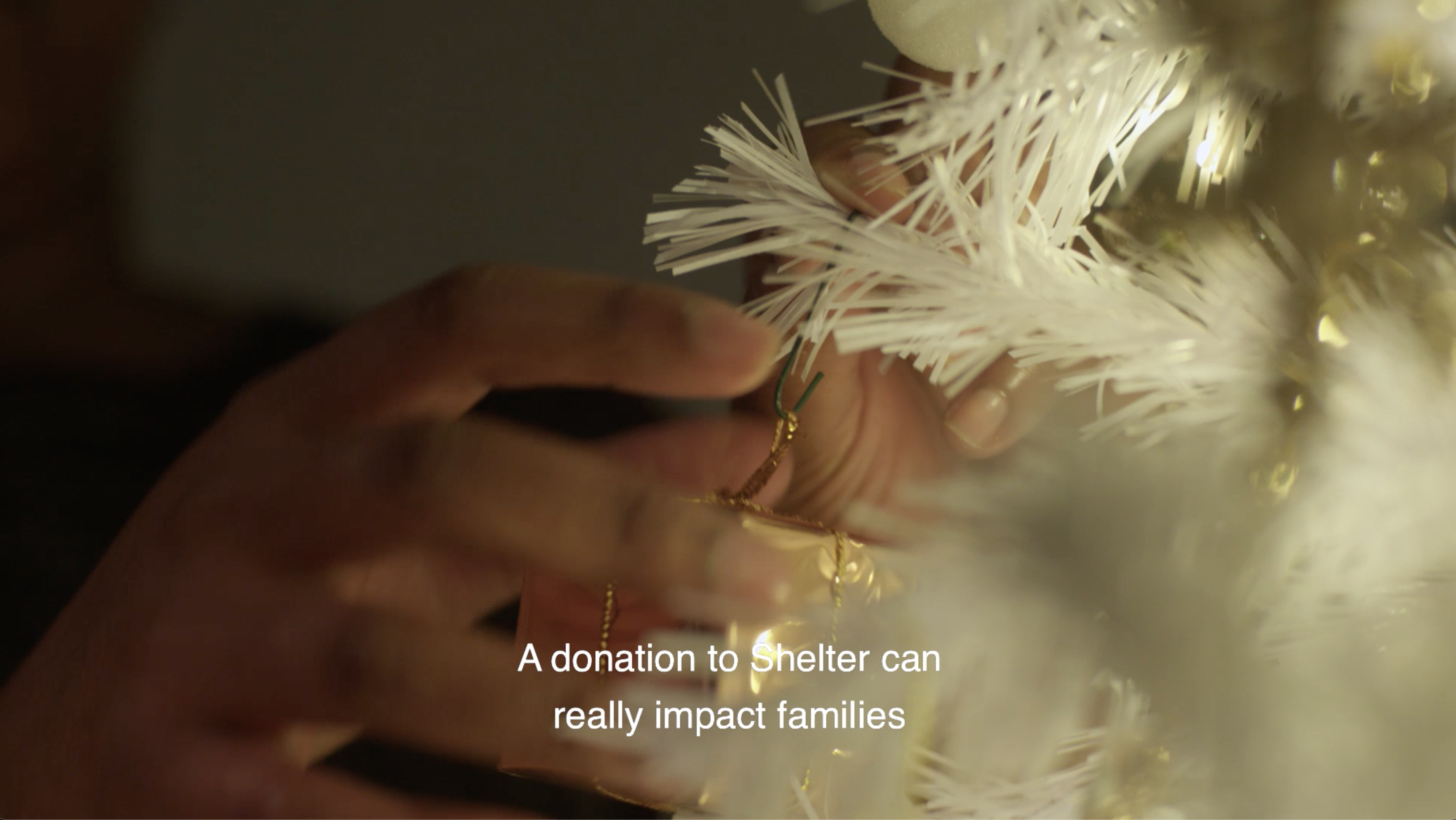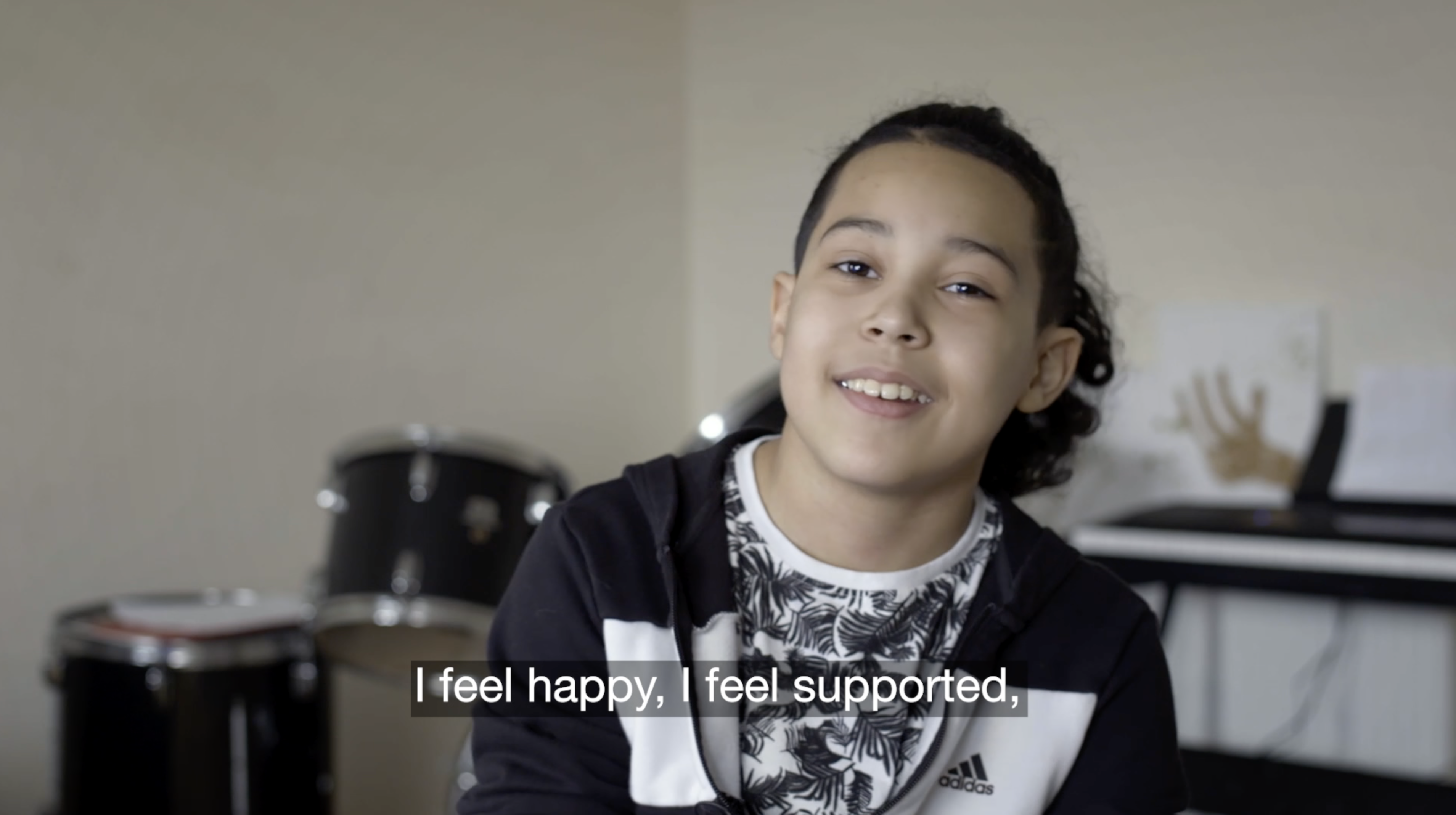Character-led stories: a guide for partners and agencies
For a charity, video is usually the most compelling form of storytelling. And the most powerful stories we tell are about the people we fight for who are facing homelessness and experiencing bad housing. These films connect strongly with our audiences - for campaigning, fundraising and more.
But for case study videos to be effective, they need to follow a set of principles, for filmmaking and for our brand. The style notes below will guide any producer who needs to direct, shoot and edit Shelter videos.
We also recommend our general guide to use of case studies in Shelter’s digital communications.
Shelter’s filmmaking principles
Audience-led: We make films that are purposeful, clear and accessible. Films are channel optimised.
Accurate: Filmmaking is accurate, led by journalistic integrity. We tell stories honestly, without being reductive or sensationalising an issue, or a person’s experience.
Human: People are at the heart of our films. Filmmaking is sensitive and respectful, and people are shown with character, dignity and strength. We encourage filmmakers to capture authentic, familiar moments, and illustrate the impact of the housing emergency on people's lives.
Honest: Our films are real and authentic. We encourage self-reflexivity and subjectivity. We work with people to create video diaries to document their situations or expose the lived reality of bad housing and homelessness.
Visual: We are visual storytellers. A well crafted sequence can draw the viewer into the story, and help someone’s situation feel more understood and relatable.

Shelter’s house style: bringing stories to life
Like our photography, our films are characterised by our use of space and light, unexpected compositions and depth of field.
Use of space - filming location and composition
As a housing charity, place and the spaces we inhabit, play a fundamental role in our films.
Think carefully about the locations you choose to film and how to describe them. Consider the relationship between your subject and their environment and how the things around them add to their story.
When shooting sequences, show the atmosphere and life of where someone is, the view from a window and the small details, the green leaves of a plant on the window sill, or the streetlight outside.
Through sound design, bring out textures and detail to describe someone’s environment. Use diegetic and tactile sound to heighten realism and bring the audience closer to the subject.
Using compositional space within the frame creates a stronger sense of focus on the subject, and can bring harmony and balance to an image. It can also be used to create a sense of unease.
Unexpected compositions
Unusual crops and angles can add to a sense of ‘being there’, connecting the viewer to the subject’s story.
Utilise composition to direct your audience’s attention, guide the audience to pay attention to one single person amidst a crowd of people, or a POV shot to put the viewer in the subject’s shoes, and allows us to instantly convey information and subtext.
Use unconventional angles and perspectives to ask the audience to really look, value and question what surrounds us.
By controlling the angles and the distance between characters, the space they are in, or significant props, we can convey to our audience the deeper meaning of the scene.

In this video still the camera is tilting up, visually empowering the subjects as they walk into shot. Avoid shooting down at people.
Depth of field
Use a short depth of field to create a sense of being close to the subject matter, drawing the viewer into their story.
Depth of field can bring a sense of closeness, warmth and comfort, and can be used to capture sensitive, private moments of home life. It can also give a sense of movement and action. Pull focus to direct the attention of the audience, create tension in the story, or emphasize the action of one character more than another.

A short depth of field allows you to focus in on the detail and bring the viewer into the story.
B-roll: show, don’t tell
We are visual storytellers and shoot considered sequences that help someone’s situation feel more understood and relatable. Avoid using b-roll to simply illustrate interview dialogue; think how images can tell the story, and how your b-roll can draw out the emotional truth of someone's situation.
We encourage filmmakers to:
consider how to describe your subject’s life through the things they do, show people in action, show people at rest, and shoot full sequences. Cover a scene well, with multiple angles, wide, medium and close up, and film from the start of a scene to its conclusion
show the beauty, the rough and the smooth of the environment, with small details or wide shots
show familiar, relatable and precious moments
be mindful of objects that detract from the scene or disrupt the narrative
show people’s lives with sensitivity and dignity. Our films do not invite judgement
Interviews
We ask filmmakers to conduct well researched, sensitive and carefully structured interviews, to bring out an individual’s personality and the emotional depth of the situation.
It is the filmmaker’s responsibility to ensure the subject is comfortable and confident to tell their story clearly and express themselves fully.

Asking your subject to look into the lens helps the viewer connect with them.
Shooting an interview
Use a short depth of field and a clean background to focus attention on the subject. Ensure critical lens focus is on the subject’s eyes.
Personal testimony
We encourage subjects to look into the camera whenever possible so to better connect with viewer.
Professional perspective
If you are interviewing someone for their professional perspective, placing them on the third, looking off camera, can give a more neutral impression.
Editing and grade
Edit tone and pace should be appropriate for the emotion of story.
The edit structure and narrative should be clear and purposeful, providing the viewer with the information they need to let you tell a compelling story.
Avoid using b-roll to simply illustrate interview dialogue. Bring us into the space, build sequences that show life in the round, and depict relatable characters.
Colour grade should be natural, with a calm and desaturated palette.
Sound and music
The music and sound design should be well-balanced; it should not detract from the dialogue.
Instrumental, minimal pads and textures rather than overly emotive music, used to enrich the atmosphere and reflect the emotion accurately. Use multiple but relating tracks to build a films structure.
Sound is a powerful storytelling tool, use real or library sound effects to draw your viewer into the story.
Bring out textures and detail to describe someone’s environment, and diegetic, tactile sound to heighten realism of a scene.
Onscreen text, supers and titles
Text should feel part of the fabric of the film and should transition in and out comfortably.
Avoid too much text or information that could overwhelm the audience or disrupt the natural flow of the film.
Other video guides
Related
Read our other content guides
Learn our brand guidelines
Contact us
Have a question or comment? Found a bug? Or maybe you’d like to contribute to the framework? Use our contact form to get in touch.
